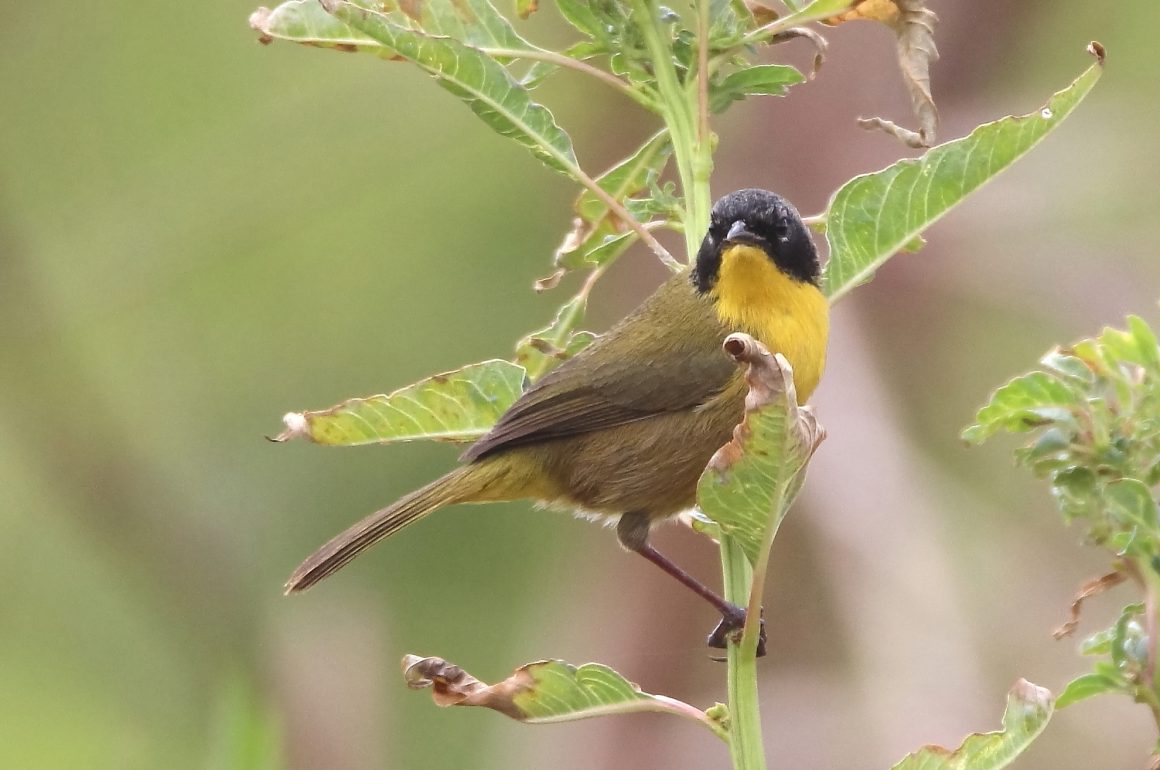
I truly do hope I am not tiring 10,000 Birds’ readers too much with my obsession with Michoacán’s ongoing drought, the disappearance of Lake Cuitzeo (Mexico’s 2nd largest lake, in normal years), and our own micro-endemic Black-polled Yellowthroat. But obsessed I am. And, as I have mentioned before, under-birded countries like Mexico provide lots of opportunities for amateur birders like me to make real contributions to science. And what contribution to ornithology could be more important, in these troubled times, than to see if and how birds are adapting to the ravages of climate change?
Having said all that, I’ll give some context by showing, once again, an image I included in my post just last week:
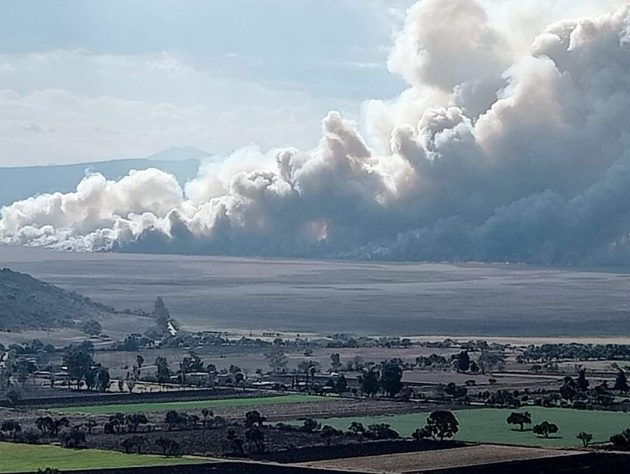
This photo, downloaded from a birders’ chat, shows Lake Cuitzeo on Monday, February 5th. The foreground shows the current state of most of the lake, which is now a bone-dry lakebed. Behind it, you can see the lake’s once-green reedbeds in flames.
The photo also illustrates how our drought affects two groups of resident and wintering birds (which number in the hundreds of thousands). Some of the birds who depend on the lake itself, such as ducks and shorebirds, have scattered to every remaining reservoir, pond, or puddle in the area. Others have become more and more concentrated in the remaining 20% or so of the lake that still holds some water, as I showed last week.
But this week, I would like to show the solution found by those birds which depend on the reedbeds of Lake Cuitzeo, such as those shown above, in flames. When I went to see if some water remained in the lake’s eastern basin (it did), I also hoped to find some of my marsh-loving friends. I had already seen a few Black-polled Yellowthroats along entirely new bodies of water. Would some habitat still be available for them on Lake Cuitzeo itself?
After investigating the area between the towns of Araró and Andocutín, I soldiered on to the equally-small town of Iramuco. While the reedbeds along this town’s southern shore are not actually standing in water right now, the soil is still wet enough to keep them green and, apparently, keep them from burning. As a result, the population concentration of marsh birds was nothing short of astonishing. Had I thrown a rock, I would undoubtedly have hit one.
A Marsh Wren was the first to greet me. It preferred to not get out in front of the reeds, but was very close to me. And it brought friends.
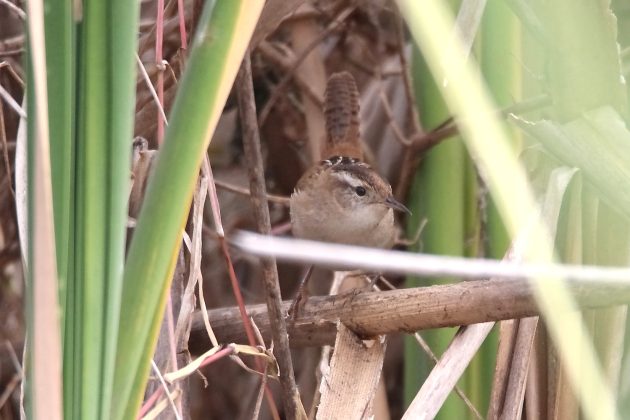
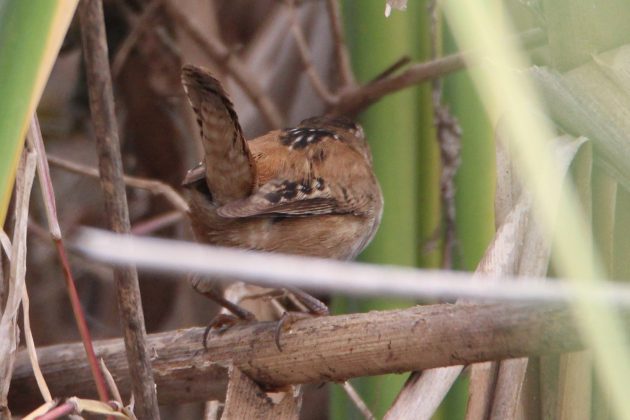
Then it was the turn of the Common Yellowthroats. Both species can theoretically breed in central Mexico, but in my experience are almost exclusively winter visitors.
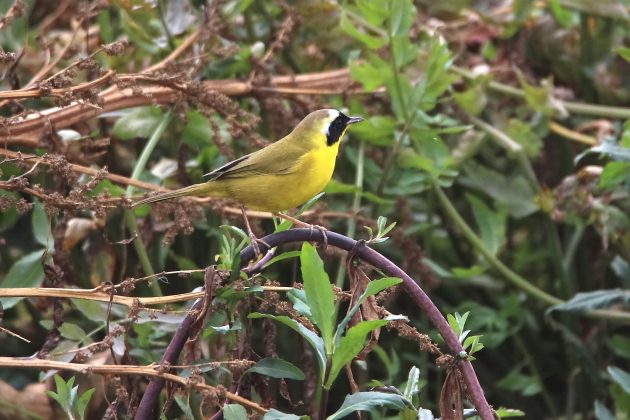
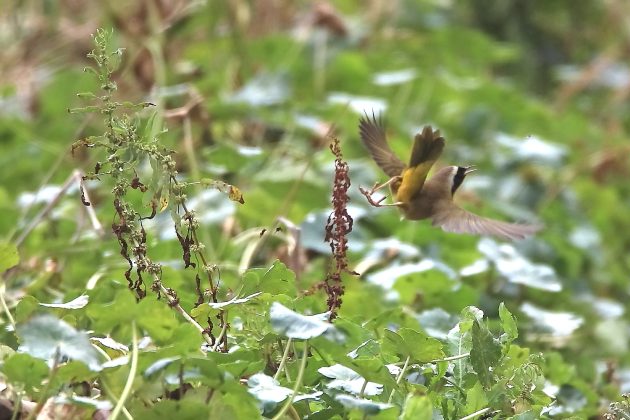
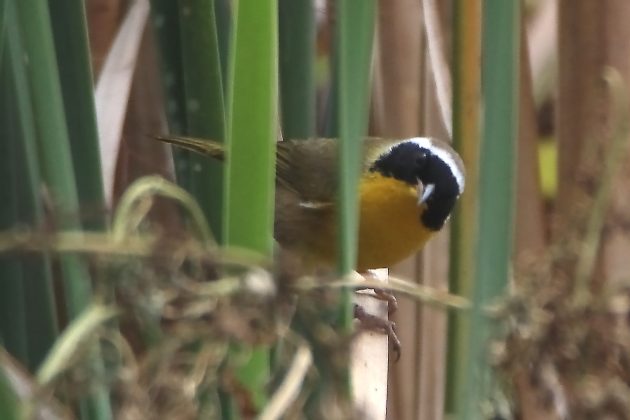
But it was our own special Black-polled Yellowthroat that really seemed to be everywhere. Normally, it’s hard to find these among the vast reedbeds of Lake Cuitzeo. (They are much easier to find along the shores of Lake Pátzcuaro.) But this time, I couldn’t stop seeing them.
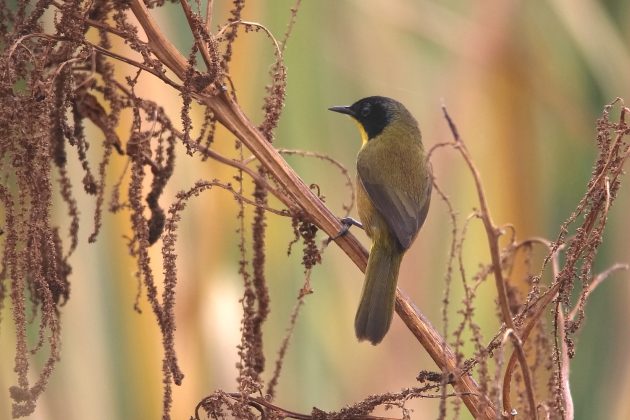
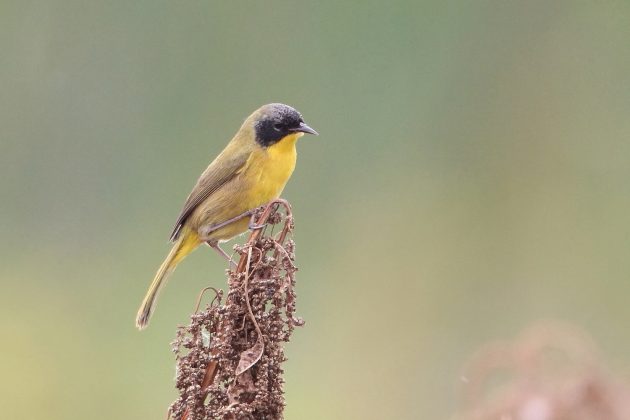
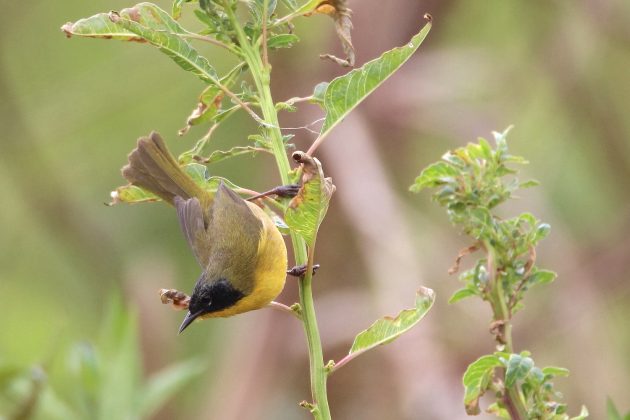
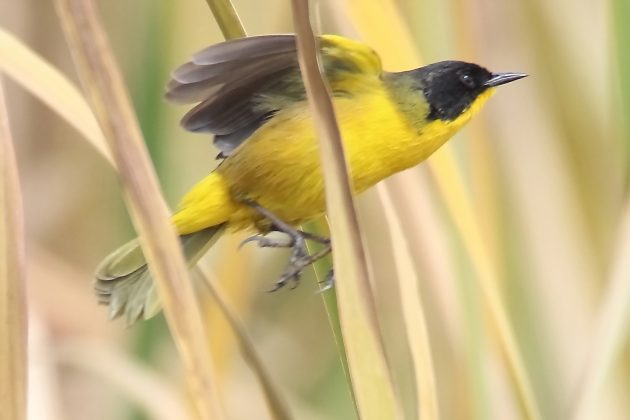
On a technical but illustrative note, I can mention that the platform for this website will only accept a certain quantity of pixels per photo. That is not normally a problem, as my bird photos are usually taken from quite a distance, and are heavily trimmed. But I had to reduce the size of each and every one of the above photos, as I could almost have reached out and touched these lovely little birds.
Of course, the super-abundance of marsh birds at Iramuco was not really a good thing, as it resulted from severe environmental stress factors. Still, it was exciting to experience, although I hope these feathered friends can soon go back to a more normal existence, with appropriate social distancing.
I’ll include a pair of other tiny beauties from this day. As I walked away from the Iramuco marsh, the fence of the first house sported a lovely Yellow Warbler. This species isn’t very common down here, and I always see it near water.
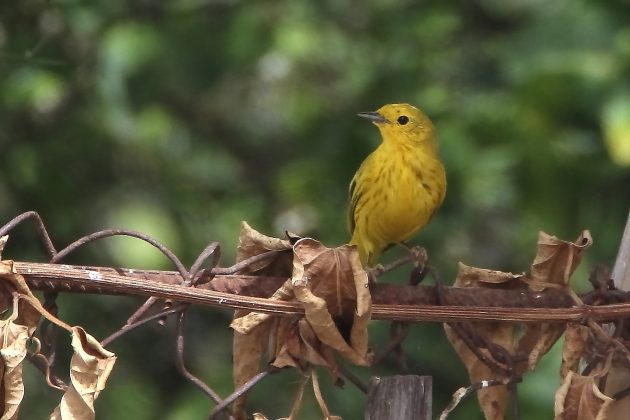
And then, on my way back to Araró, I was able to photograph one of the Verdins I had heard earlier in the day. EBird still tells me that Verdins should not be seen in the state of Michoacán. EBird is wrong.
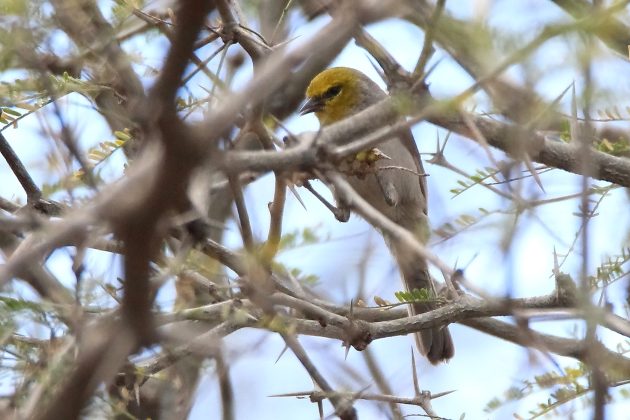


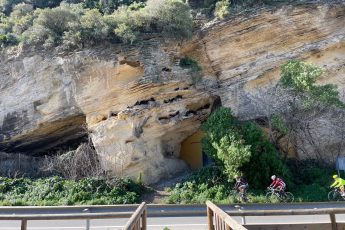
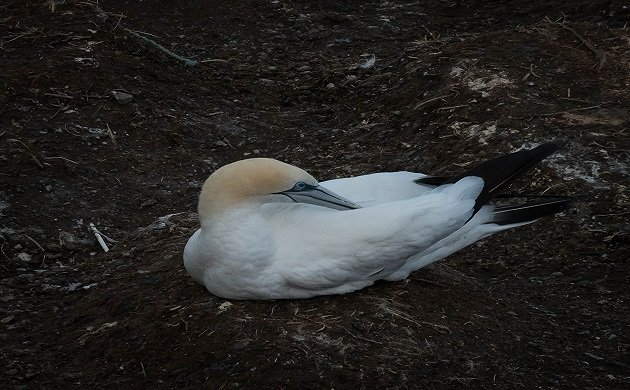

 New writers welcome – please contact us for details.
New writers welcome – please contact us for details.

















In my work I regularly have to explain the difference between droughts (disasters that will happen regardless of man’s actions) and water stress (man’s poor management of water resources). The link between them is that if managed well, water resources will be available for use during droughts. Low stress equals high resilience. However, Paul’s work is showing that the natural world does not necessarily benefit from low stress and a drought leaves our avian friends no other choice than adapt, flee or die. Every lake and wetland counts… Fortunately, it seems that adapting and fleeing to other lakes is still possible.
Are the Common Yellowthroats really common? Lovely birds …
Thank you so much for your posts. I dream of going back to Mexico and birding and someday will show up on your doorstep. I thought the El Niño year would have brought rain for you but apparently not. Maybe as it subsides things will get better. Love the photos!
Peter, there are in fact many indications that Lake Cuitzeo’s problems are caused both by a drought this year, and long-term stress from deforestation, too much irrigation, etc. Also, it makes me feel great to hear you refer to my pastime as “Paul’s work”. I hope it passes that bar.
Kai, Common Yellowthroats are rather common. But mostly, they occur across North America, as opposed to Black-polled, Belding’s, Altamira, and several other highly endemic Yellowthroats that apparently decided to settle in small areas and speciate.
Joan, thanks for your kind words!